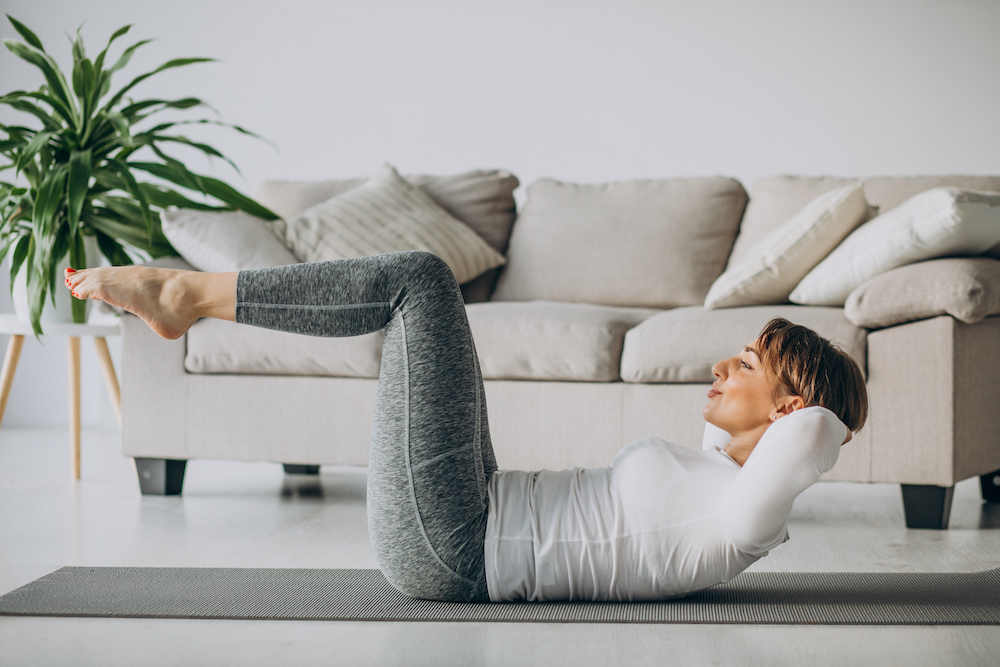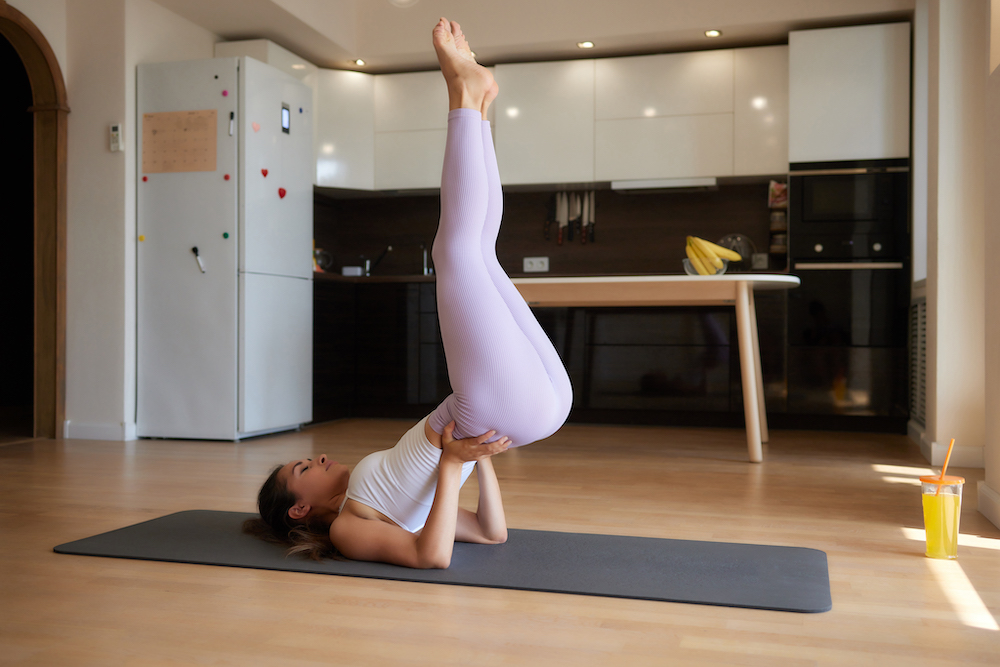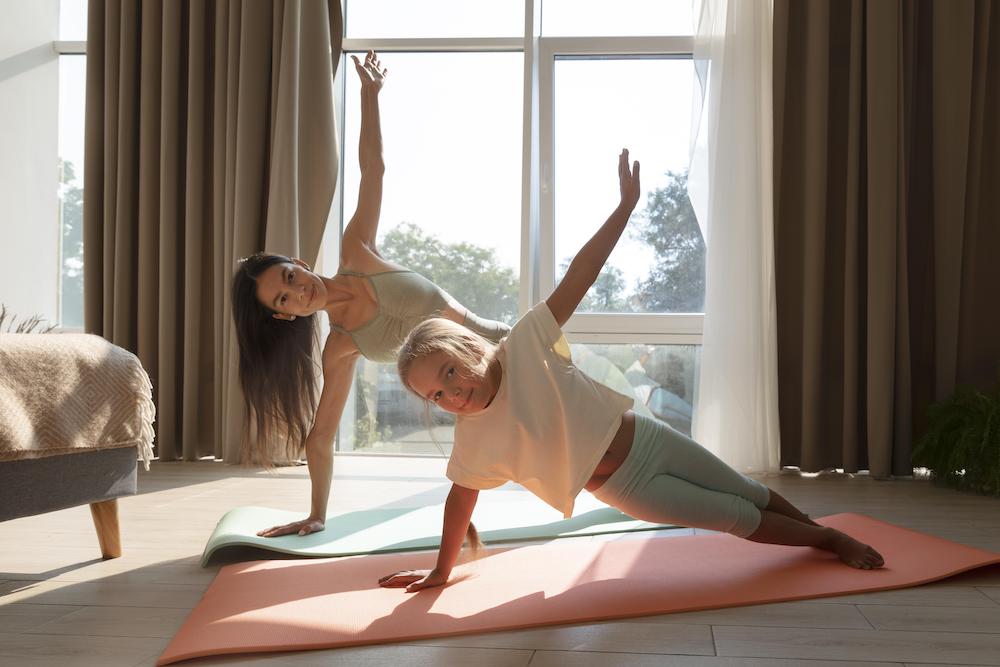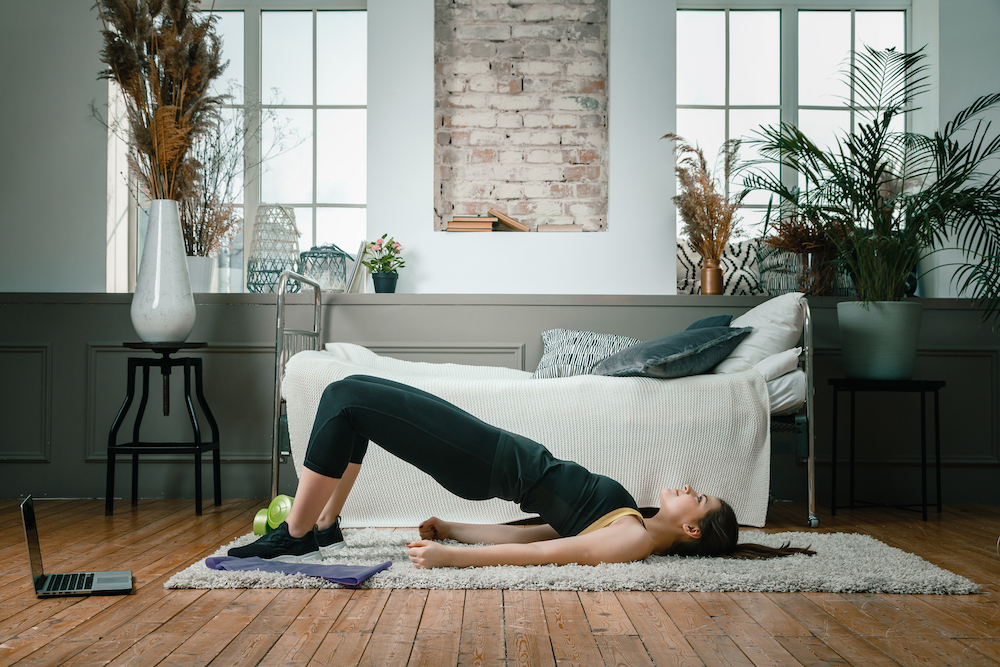
Pilates is a popular form of exercise that focuses on strengthening the body, improving flexibility, and enhancing overall physical and mental well-being. Developed by Joseph Pilates in the early 20th century, it is a low-impact workout system that targets the core muscles while emphasizing proper alignment, breath control, and smooth, flowing movements.
Why doing Pilates?
Pilates is a highly beneficial form of exercise that offers a wide range of advantages for both the body and mind. Whether you are looking to improve your physical fitness, enhance flexibility, alleviate pain, or boost mental well-being, Pilates can be a fantastic choice. We will explore the reasons why doing Pilates can be a transformative and rewarding experience.
First and foremost, Pilates is renowned for its ability to improve core strength. The core muscles, including the deep abdominals, back muscles, and pelvic floor, play a crucial role in providing stability, balance, and support to the entire body. Through a series of controlled movements and exercises, Pilates effectively targets and strengthens these core muscles. By developing a strong core, individuals can enjoy better posture, reduced back pain, improved balance, and enhanced overall physical performance.
In addition to core strength, Pilates also emphasizes flexibility. Unlike traditional strength training exercises that often result in short and bulky muscles, Pilates focuses on elongating and strengthening the muscles simultaneously. By engaging in dynamic stretches and controlled movements, Pilates helps increase joint mobility and muscle flexibility. This improved flexibility not only enhances athletic performance and reduces the risk of injuries but also allows for greater ease and range of motion in daily activities.

Furthermore, Pilates is highly effective in promoting body awareness and proper alignment. With its emphasis on precision and control, Pilates teaches individuals to move with intention and mindfulness. By becoming more attuned to their bodies, practitioners can correct postural imbalances, develop a better sense of alignment, and move more efficiently. This heightened body awareness carries over into other aspects of life, allowing individuals to maintain better posture, reduce muscle imbalances, and avoid strain or injury during physical activities.

Pilates is also a low-impact exercise method, making it suitable for individuals of all fitness levels and ages. The controlled movements and focus on proper form minimize stress on the joints and reduce the risk of injury, making it an ideal choice for individuals with pre-existing conditions or those recovering from injuries. Moreover, Pilates can be adapted to individual needs and goals, whether it is for rehabilitation, general fitness, or athletic performance enhancement. The versatility and adaptability of Pilates make it accessible to a wide range of people with varying fitness backgrounds.
Beyond the physical benefits, Pilates is known to promote mental well-being. The mind-body connection is a fundamental aspect of Pilates, with a focus on concentration, breath control, and mindfulness during the exercises. By bringing attention to the present moment and fostering a sense of inner focus, Pilates offers a unique opportunity for relaxation and stress relief. The rhythmic and flowing movements, combined with controlled breathing, can have a calming effect on the mind, reducing anxiety and promoting a sense of mental clarity.
Moreover, the practice of Pilates can enhance mental resilience and boost self-confidence. As individuals progress in their practice and witness improvements in strength, flexibility, and overall fitness, they often experience a sense of accomplishment and empowerment. This newfound confidence can extend beyond the Pilates studio, positively impacting various aspects of life.

In conclusion, the benefits of Pilates are far-reaching. From improved core strength and flexibility to enhanced body awareness and mental well-being, Pilates offers a holistic approach to fitness and health. Whether you are seeking to rehabilitate from an injury, improve athletic performance, or simply enhance your overall well-being, Pilates can be a transformative practice. With its emphasis on controlled movements, mindful engagement, and adaptability, Pilates provides a unique and rewarding experience for individuals of all ages and fitness levels. So, why do Pilates? Because it has the potential to positively transform your body, mind, and life.
The benefits of Pilates
Pilates offers numerous benefits for both the body and mind. Here are some of the key benefits of practicing Pilates:
Core strength
Pilates places a strong emphasis on core strength and stability. The core muscles include the deep abdominal muscles, back muscles, and pelvic floor muscles. By engaging and strengthening these muscles, Pilates helps improve posture, balance, and overall strength.
Flexibility and balance
Pilates exercises are designed to lengthen and strengthen the muscles, promoting flexibility and joint mobility. Through controlled movements and stretches, Pilates helps improve balance and coordination, which is beneficial for everyday activities and other forms of physical exercise.
Mind-body connection
Pilates encourages a mind-body connection, emphasizing the integration of breath, concentration, and precise movements. By focusing on the quality and control of each exercise, practitioners develop body awareness, concentration, and a sense of mindfulness during their practice.
Adaptability and accessibility
Pilates can be modified and adapted to suit various fitness levels, body types, and physical conditions. It can be practiced on a mat with minimal equipment or using specialized apparatus such as the reformer, Cadillac, or the Pilates chair. The versatility of Pilates makes it accessible to people of different ages and fitness backgrounds.
Benefits for rehabilitation
Pilates is often recommended for rehabilitation purposes, as it can help improve muscular imbalances, alleviate back pain, and aid in injury recovery. Its gentle, controlled movements and emphasis on core strength make it a popular choice for physical therapy and post-rehabilitation exercise.
Whole-body workout
While Pilates primarily targets the core muscles, it also engages the entire body. It works on strengthening and toning the arms, legs, hips, and shoulders, creating a balanced and harmonious development of the musculature.
Stress relief and mental well-being
Like other forms of exercise, Pilates can be an excellent stress reliever. The focus on controlled movements, breath, and concentration creates a calming and centering effect, promoting mental clarity and relaxation.
Improved posture
Poor posture is a common issue in modern society due to sedentary lifestyles and prolonged sitting. Pilates exercises help correct postural imbalances by strengthening the muscles responsible for proper alignment, resulting in improved posture and reduced risk of related issues, such as neck and back pain.
Pilates exercises at home
Practicing Pilates at home can be a convenient and effective way to incorporate this beneficial exercise into your routine. Here are some Pilates exercises that you can easily try at home:

- Pilates rollup: Sit on a mat with your legs extended in front of you. Reach your arms overhead. Slowly articulate your spine, engaging your core, and roll up one vertebra at a time until you’re reaching forward towards your toes. Roll back down with control. Repeat for several repetitions.
- Pilates hundred: Lie on your back with your legs lifted in a tabletop position and arms by your sides. Lift your head and shoulders off the mat and pump your arms up and down while inhaling for five counts and exhaling for five counts. Repeat for ten breaths.
- Pilates single leg stretch: Lie on your back with your knees bent and shins parallel to the floor. Lift your head and shoulders off the mat, bring one knee into your chest, and extend the other leg straight out at a 45-degree angle. Switch legs and continue alternating while keeping your core engaged.
- Pilates bridge: Lie on your back with your knees bent and feet hip-distance apart. Press your feet into the mat, engage your glutes and core, and lift your hips off the ground until your body forms a straight line from knees to shoulders. Hold for a few breaths and then lower back down with control.
- Pilates swan: Lie on your stomach with your hands placed under your shoulders. Press into your hands, engage your back muscles, and lift your chest and upper body off the mat while keeping your pelvis grounded. Hold for a few breaths and then lower back down.
- Pilates side plank: Start by lying on your side with your elbow directly under your shoulder and legs stacked. Lift your hips off the mat, creating a straight line from head to toe. Hold for a few breaths and then lower back down. Repeat on the other side.
- Pilates swimming: Lie on your stomach with your arms extended in front of you and legs straight. Lift your chest, arms, and legs off the mat, and then flutter your arms and legs in a controlled motion, as if you’re swimming. Continue for several breaths.
Remember to focus on proper alignment, breath control, and engaging your core during each exercise. Start with a warm-up and listen to your body, modifying or taking breaks as needed. If you’re new to Pilates or unsure about proper form, consider seeking guidance from a certified Pilates instructor, either through online classes or in-person sessions, to ensure you’re performing the exercises correctly and safely.
Your NUMBER ONE fitness app available on:

Pilates & Fit
The Pilates & Fit workouts will improve your balance, flexibility, strength and coördination, while also releasing stress and help your concentration to keep your body & mind in great condition.